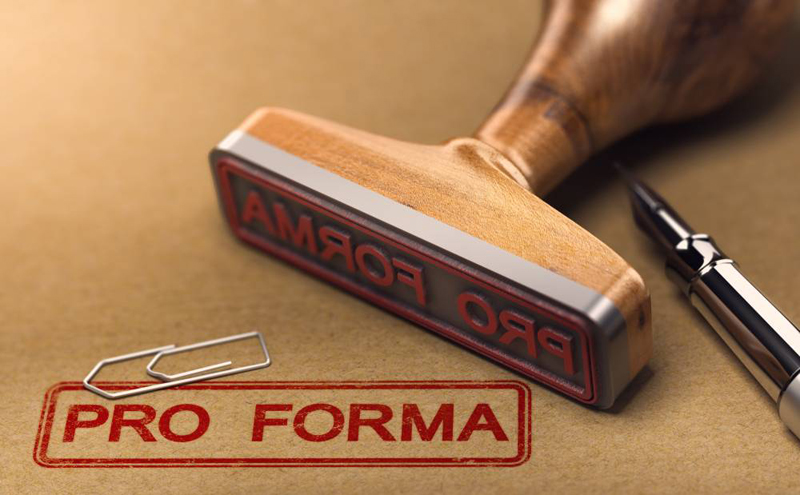Don’t Neglect One of Your Laundry Business’ Most Important Planning Tools
Whether you’re purchasing and renovating an existing laundromat or starting one from scratch, a pro forma income statement is one of an investor’s most important tools in not only attaining financing but also understanding the business’ revenue and expenses projections.
It helps you plan, predict, control and analyze the risks associated with your laundromat’s funds. Moreover, it can highlight different scenarios related to equipment mix or services that might steer you in one direction or another.
Sometimes a pro forma – which will become part of your loan application – is compiled by your equipment distributor. This can save you a lot of time and is one of the many reasons to partner with a quality, full-service distributor. Your distributor should lead you in your pro forma development and its submission to possible lenders. Your distributor’s local knowledge of the market and competition is essential to accurately forecasting everything – from turns per day and utility costs to establishing market-appropriate vend prices.
Read on to learn more about the components of a pro forma and why it’s so important:
The Precursor
By the time you compile a pro forma, you and your distributor will have already performed a site analysis, a demographic study and competitive analysis, and verified that your location is a good one. You’ll also have already received equipment and construction proposals and decided on the services you want to offer, such as wash-dry-fold, drop-off drycleaning, pickup and delivery, etc.
Develop Multiple Scenarios
Build out your pro forma to take into account different scenarios in terms of equipment and services. For example, you can run your pro forma with more expensive soft-mount laundry equipment (high-speed washers and dryers) and with less expensive hard-mount machines. Although the soft-mount machines might have a higher initial price tag, they typically save store owners considerably in utility costs over the long term. For my customers, I run both equipment types as a comparison so that it’s easy to see which is more cost-effective. Do the same with various laundry services you’re considering to see how they can contribute to your overall bottom line.
Operating Expenses
The pro forma includes totals of all foreseen operating expenses spread out over a number of years. This way it’s easy to see the difference between Month One and Year Three, for example. These expenses, or liabilities, include equipment, rent, depreciation, payroll, labor, utilities, supplies for vending, taxes, insurance, vehicle expenses (with pickup and delivery) and fuel, as well as advertising, parts, and service budgets.
Income Forecast
On the flip side, a pro forma includes a forecast for income by service – such as self-service, wash-dry-fold, commercial accounts, etc. This section calculates total anticipated income over a number of years. These revenue streams might include self-service revenue based on vend prices and expected turns per day; full service wash-dry-fold or commercial work based on anticipated customers per day and price per pound; and any other services, like pickup and delivery, that might add to revenue.
Growth Forecast
Once again, your distributor is key in helping establish a growth forecast by month and year. Your pro forma should illustrate growth based on educated projections.
Down Payment
Typically, a $1 million venture requires 30 percent down. Your pro forma includes this down payment and automatically calculates amortization financing schedules.
Double-Check Assumptions
Once assumptions are made, it’s important to check them carefully. Ensure that your revenue, expenses and growth numbers look correct, because this baseline data feeds your pro forma, from which you’ll make decisions and seek financing.
Adapt and Use into the Future
In closing, keep in mind that a pro forma can be adapted and used for years to come and aid you in making key business decisions. For, example, is it a real benefit to add another revenue stream like full-service wash-dry-fold? How will a wage increase impact the bottom line? Should I add a flatwork ironer for processing commercial work? No matter how you look at it, developing a pro forma is a valuable tool that can be dynamically adapted into the future.













I’ve found everyone is too busy. That might seem good but not always. I just recommended Dexter to someone who was sold on SpeedQueen and their response to me was no one has responded to them from Dexter. I didn’t want to tell them I found the same thing happens to me. Because I think Dexter is a great product I recommend them.